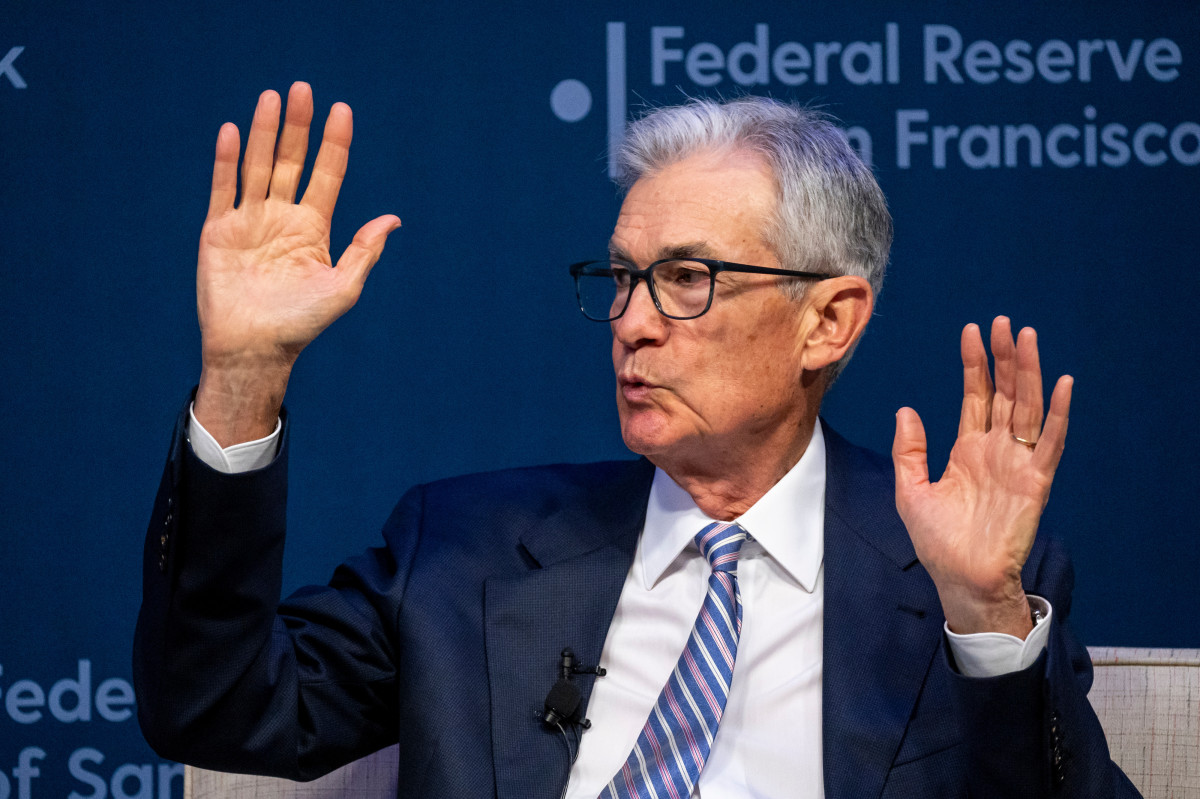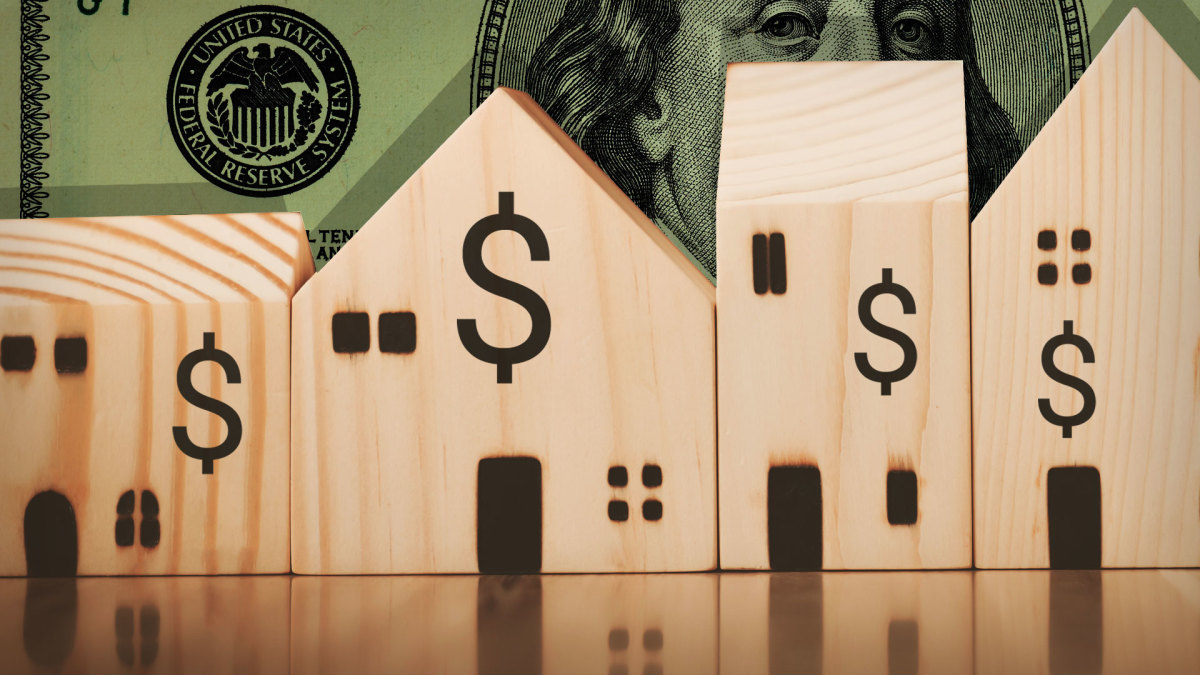
The Federal Reserve has increased the federal funds rate by 5.25% since spring 2022, causing Treasury yields and mortgage rates to jump to levels last seen in the 1990s.
Rising rates have done what the Fed intended, crimp inflation, but they've also contributed to a housing affordability crisis that's frustrating many would-be homebuyers.
Over the winter, homebuyers got some relief when optimism of Fed rate cuts in 2024 helped yields on the 10-year Treasury note yields used by banks to set mortgage rates to dip. However, that break may be short-lived, given yields are climbing again, leaving many wondering what could happen next.
One person unsurprised by recent interest rate volatility is TheStreet Pro's Bruce Kamich, an analyst who has tracked markets for over 50 years.
In 2022, he correctly predicted that 10-year yields would soar, lifting mortgage rates to 8%. Then, he accurately forecast last November that rates would fall. And, in February, he correctly said the "direction of interest rates is up."
Kamich recently updated his interest rate outlook, and given his track record, it may be worth paying attention to what he thinks is next for interest rates.

Image source: Shutterstock/TheStreet
Inflation isn't beat (yet)
The Federal Reserve's decisions on interest rate policy are governed by a dual mandate to support low inflation and unemployment. That's not an easy tightrope to walk, especially since Covid disrupted everything in 2020.
The pandemic forced central banks worldwide to embrace a zero-interest-rate policy to avoid recessions and keep people working. In the U.S., the rock-bottom rates arguably worked too well.
Related: The Fed's stock market influence, like inflation pressure, continues to fade
While they kept the economic lights on, they also provided tinder for inflation to soar in 2022 by providing easy-access to money that fueled speculation. It didn't help matters that the world suffered a supply chain disruption due to War in Ukraine and the Ever Given accident that blocked the Suez Canal.
To quell runaway inflation, Fed chair Jerome Powell had to pivot from "inflation is transitory" to the most hawkish rate policy since Paul Volcker broke the back of inflation in the 1980s.
Inflation has indeed retreated from its peak near 9% in June 2022 to 3.2% in February. Yet, the combination of higher prices and higher loan rates has squeezed corporate and household budgets. As a result, businesses have ratcheted back expansion and hiring plans while consumers have shifted money to necessities from discretionary goods and services.
Those changes slowed the economy in early 2023, evidenced by consecutive quarters of negative GDP growth and lower corporate profits. The economy rebounded in the second half of the year, lifting earnings per share into 2024, but inflation is still a concern.
While the Consumer Price Index headline inflation of 3.2% is much better than what was witnessed in 2022 and early 2023, progress has stalled. For instance, CPI was 3% in June 2023, so inflation is higher than it was last summer.
Interest rates may likely stay higher for longer
The easy-money policies exiting Covid led many to refinance their homes at rates that were below 3%. Those owners aren't giving up those low rates readily, causing available housing inventory to remain tepid and home prices to increase.
According to the National Association of Realtors, in December, existing home sales were down 3% year-over-year in February, and median home prices increased 5.7% from February 2023 to $384,500 – the eighth consecutive month of year-over-year price increases.
More Real Estate:
- Analyst revamps homebuilder stock price target before Fed rate call
- Homebuyers must now navigate higher mortgage rates and prices
- Analysts tweak Airbnb stock price targets on bookings report
High prices are thwarting homebuyers, and sadly, rates may not offer much help over the long term.
Bruce Kamich is a technical analyst who tracks interest rate trends rather than interpret Fed speeches for insight into what could happen to rates next.
His technical analysis of the interest rate market is behind his accurate prediction for higher rates in 2022, lower rates since last November, and higher rates since February.
His most recent analysis isn't likely to win him many fans among house shoppers.
"The yield of the 10-Year Treasury (TNX) is testing the 4.40% level Tuesday and is at a new high rate since ending its decline in late December," said Kamich. "In the daily bar chart of the yield on the 10-Year, I can see [rates] have trended higher since late December. The slope of the 50-day moving average line and the slower-to-react 200-day line are positive. The Moving Average Convergence Divergence (MACD) oscillator has been above the zero line since early February."
Moving averages, which smooth data over time, and MACD, a momentum indicator, are used by technical analysts to spot trends. The fact that moving averages are pointing upwards and the MACD is tilted positive suggests higher rates.
How much higher could they go? Anything can happen, but Kamich's point-and-figure chart calculations offer potential interest rate targets.
Using a daily P&F chart, he calculated a 5.35% target for the 10-year yield that would exceed last year's 5% peak yield.
Banks usually add 1.5% to 3% to the 10-year yield to set 30-year mortgage rates, so Kamich's updated target doesn't offer comfort to would be homebuyers.
Related: Veteran fund manager picks favorite stocks for 2024







